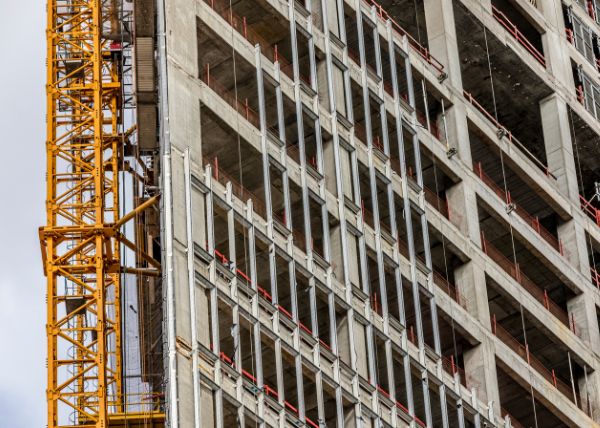Falls remain one of the most common types of serious accidents on construction sites, yet one potential culprit is often overlooked: Mast climbers. While these machines have been available to use since the 1980s, they have become more common over the past decade.
There are numerous incidents of worker injuries and fatalities tied to mast climbers, according to recent research, and nearly all of them could be traced back to fall hazards.
Possible Risks When Using Mast Climbers
Mast Climbing Work Platforms (or MCWPs, as they are often called) involve a lot of moving parts and are frequently assembled and disassembled depending on the project’s needs. This means there are a number of things that can go wrong if not properly erected and maintained.
If you use a mast climber while on the job, it is vital everything is properly secured and all users have received any required training. Otherwise, your well-being may be at increased risk.
One way to help protect yourself is by doing safety checks at the start of the day. The National Institute for Occupational Safety and Health (NIOSH) has some suggestions, which include looking at:
- Weather conditions
- Possible overhead obstructions, such as equipment or power lines
- The levels of the base, as well as the structure of the ground beneath it
- Mast section connection points
- The platform/planking, the guard rail, and any other fall protection measures
- The accessibility of tie-off points
- The availability and state of required personal fall safety equipment
While these checks are not a substitute for any required safety measures, they could help prevent a serious incident. However, the ultimate responsibility under Labor Law SS 240 for providing safety protections from elevation risks (including MCWPs) on any job site lies with the owners, general contractors, and their agents.
Those who have been hurt or lost a loved one because of unsafe working conditions should always reach out to an experienced construction injury attorney to protect their best interests.



